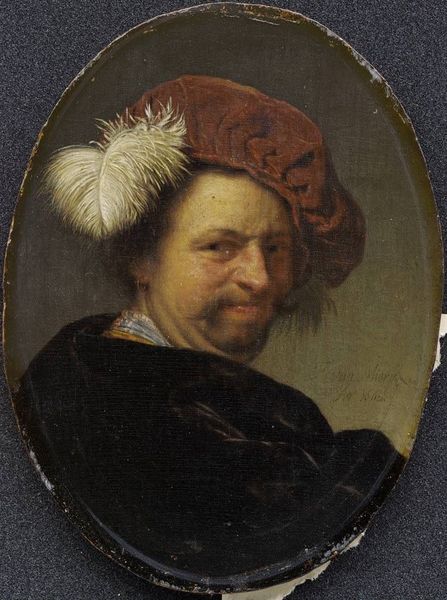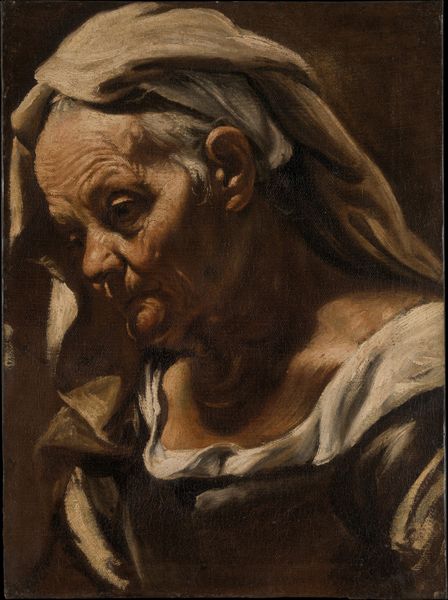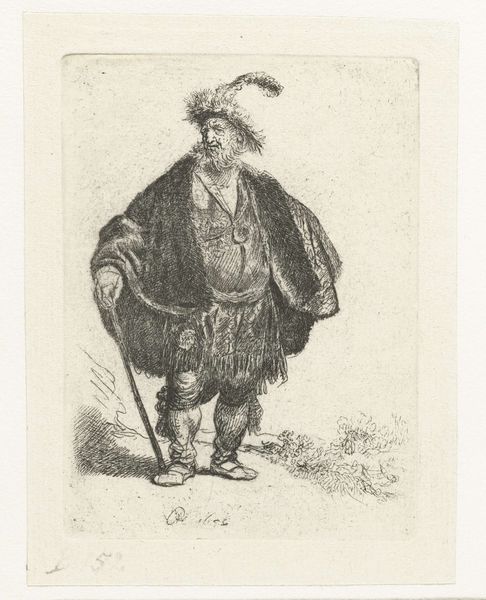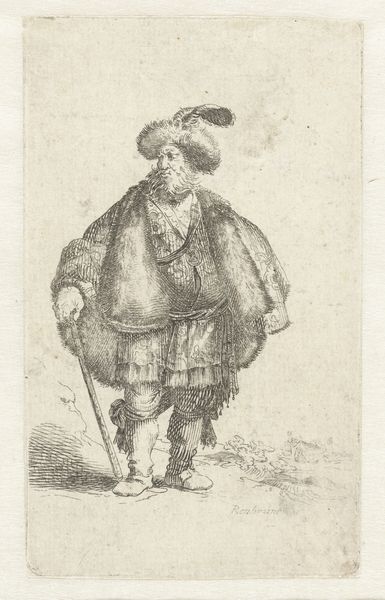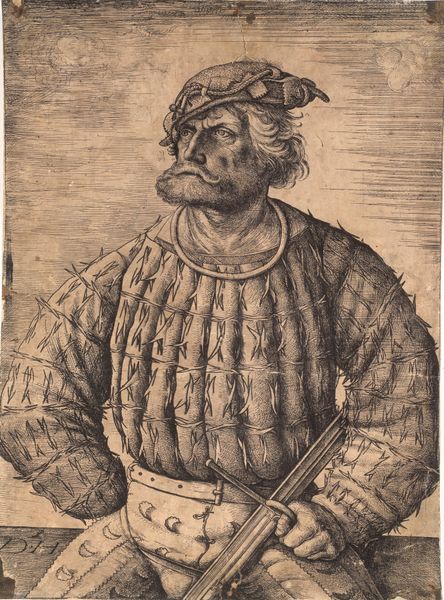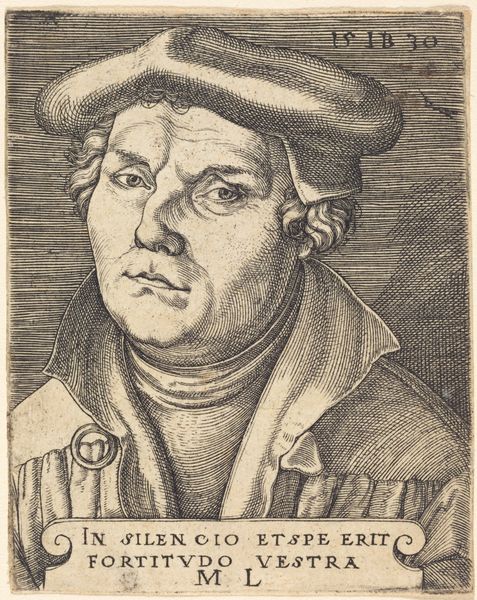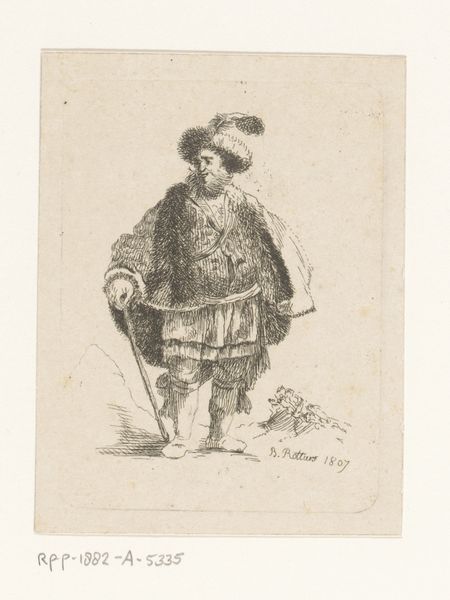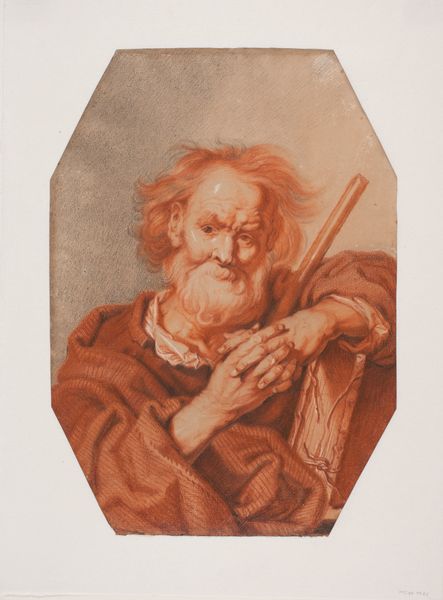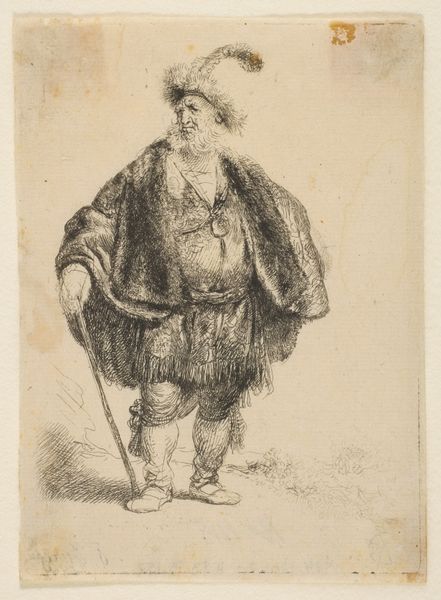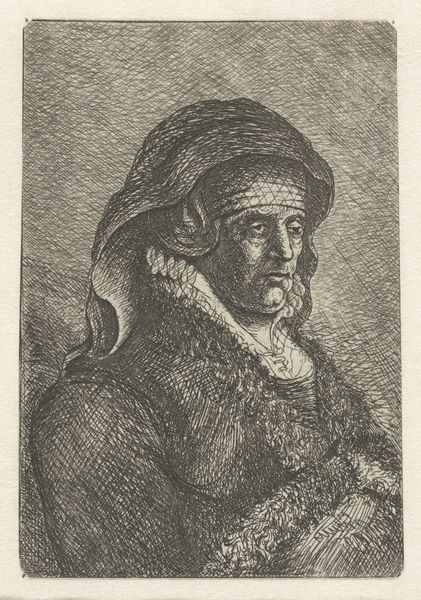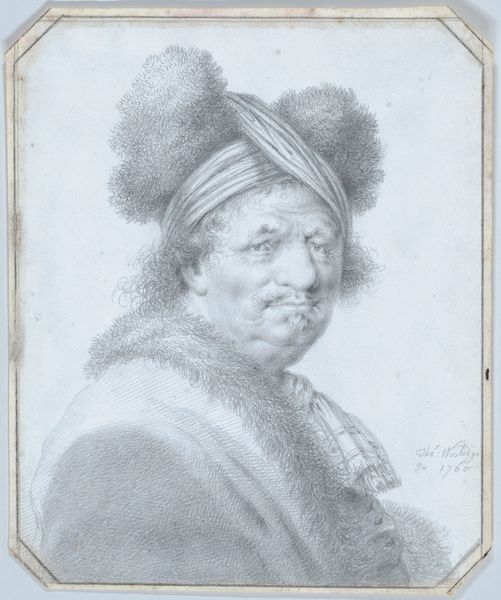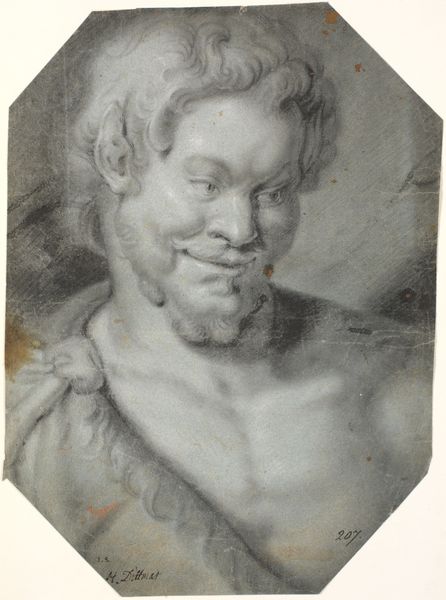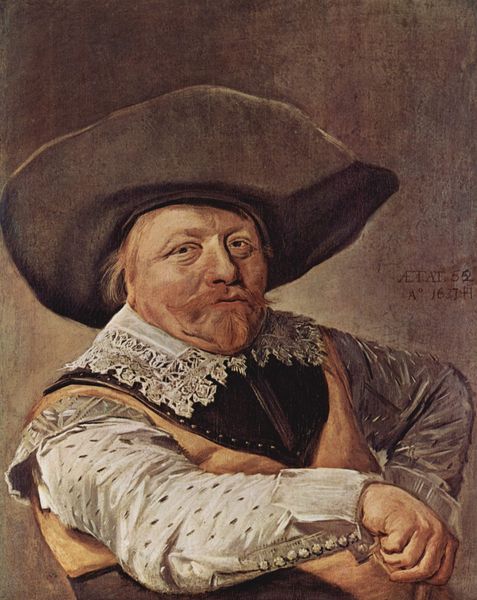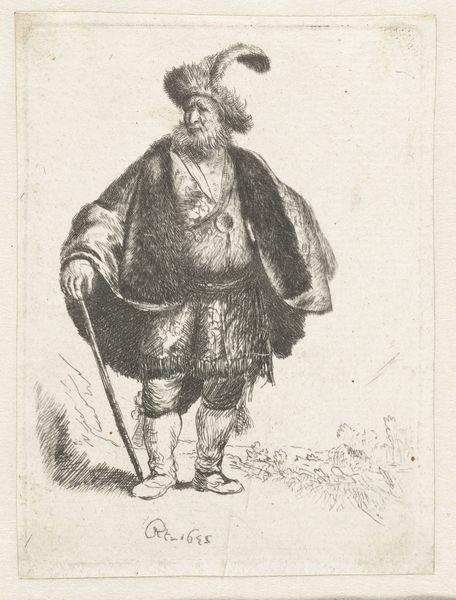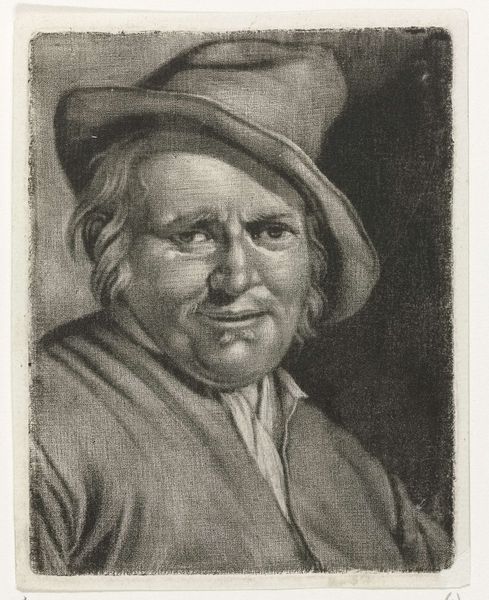
Self-portrait as a Man in Eastern Clothing (tronie) 1667
0:00
0:00
fransvanmieristheelder
Private Collection
oil-paint
#
portrait
#
self-portrait
#
baroque
#
oil-paint
#
oil painting
Dimensions: 8.2 x 11 cm
Copyright: Public domain
Editor: Here we have Frans van Mieris the Elder's 1667 oil on panel, "Self-portrait as a Man in Eastern Clothing." It’s… surprisingly informal, isn’t it? A contrast with what I think of when I think of 17th century portraiture. How do you see it? Curator: It’s intriguing precisely because of that apparent informality, which masks deeper cultural complexities. The "Eastern clothing" isn't just a costume. It points to a period of intense engagement—and exploitation—of the East by European powers. Editor: Exploitation? Curator: Absolutely. Think about the Dutch East India Company, for instance, wielding immense power. This portrait then becomes a complicated statement about identity and power. It raises questions: is it a playful embrace, or a self-aware commentary on the exoticized ‘other’ constructed by the West? What’s the intent of Mieris by representing himself this way? Editor: So, he's not just wearing a costume; he's engaging with a whole system of cultural and economic exchange—unequal exchange, perhaps? Curator: Precisely. And the “tronie”— a character study rather than a formal portrait— further complicates matters, freeing Mieris to explore character and stereotype. Does this tronie subvert or reinforce Orientalist tropes? What do you think? Editor: I see what you mean. I came in thinking it was just a quirky self-portrait. Now I’m wondering what statements the artist is making about Europe’s relationship with the rest of the world. It's definitely much more layered than I initially perceived. Curator: Indeed. Context transforms our understanding. The work challenges us to investigate historical and cultural frameworks, even in portraiture.
Comments
No comments
Be the first to comment and join the conversation on the ultimate creative platform.
